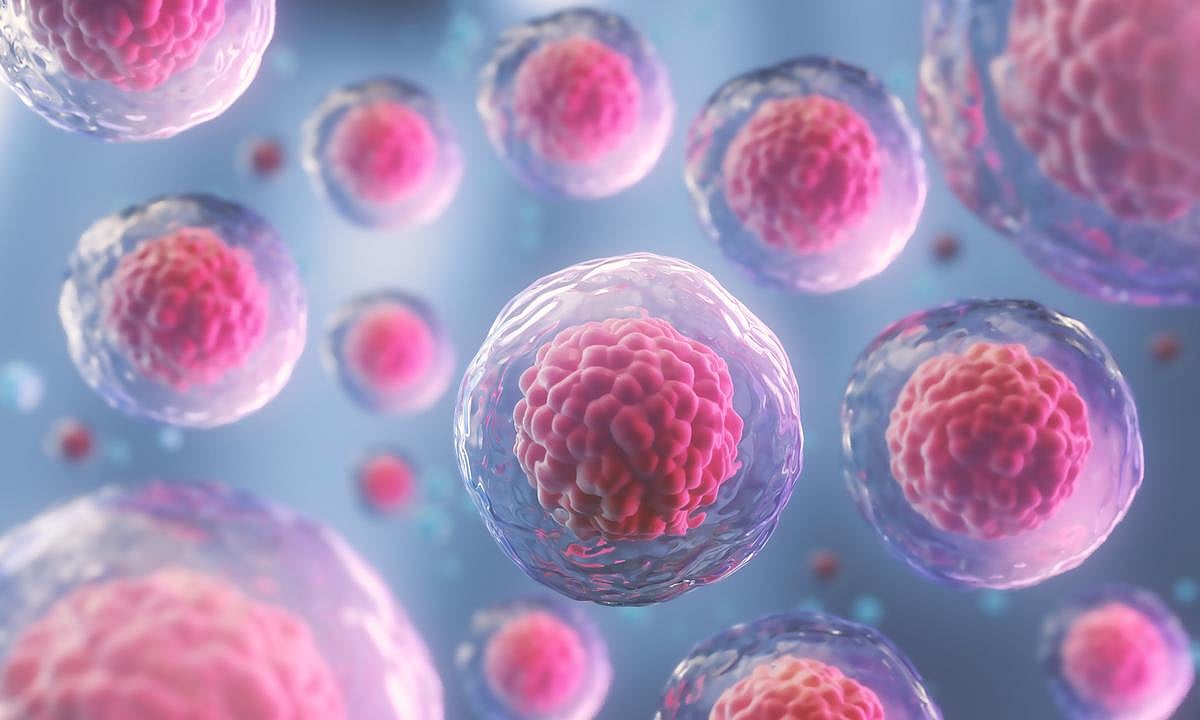Machine learning model outperformed all comparators and achieved better concordance indices across myelofibrosis subgroups
By Elana Gotkine HealthDay Reporter
FRIDAY, April 4, 2025 (HealthDay News) — For patients with myelofibrosis undergoing allogeneic hematopoietic cell transplantation (allo-HCT), machine learning (ML) enhances risk stratification, according to a study published online March 27 in Blood.
Juan Carlos Hernández-Boluda, M.D., from the Hospital Clínico of Valencia in Spain, and colleagues examined different ML models to predict overall survival after transplant using data from 5,183 patients with myelofibrosis who underwent first allo-HCT between 2005 and 2020. The cohort was divided into a training set and test set (75 and 25 percent, respectively) for model validation. Ten variables were included in a Random Survival Forests (RSF) model: patient age, comorbidity index, performance status, blood blasts, hemoglobin, leukocytes, platelets, donor type, conditioning intensity, and graft-versus-host disease prophylaxis. Its performance was compared to that of other models.
The researchers found that the RSF model outperformed all comparators and achieved better concordance indices across primary- and post-essential thrombocythemia/polycythemia vera myelofibrosis subgroups. In both data sets, Akaike’s information criterion and time-dependent receiver operating characteristic area under the curve metrics confirmed the robustness and generalizability of the RSF model. Although all models were prognostic for nonrelapse mortality, better curve separation was provided by the RSF model, which effectively identified a group at high risk, composed of 25 percent of the patients.
“Although there are many models available to identify patients with high-risk myelofibrosis, we are still lacking tools to determine the risk of transplant for these patients,” Hernández-Boluda said in a statement. “Our prognostic tool comprehensively and effectively identifies high-risk patients with myelofibrosis at high risk for mortality after transplantation, enabling better strategic planning and potentially improving outcomes.”
Copyright © 2025 HealthDay. All rights reserved.








